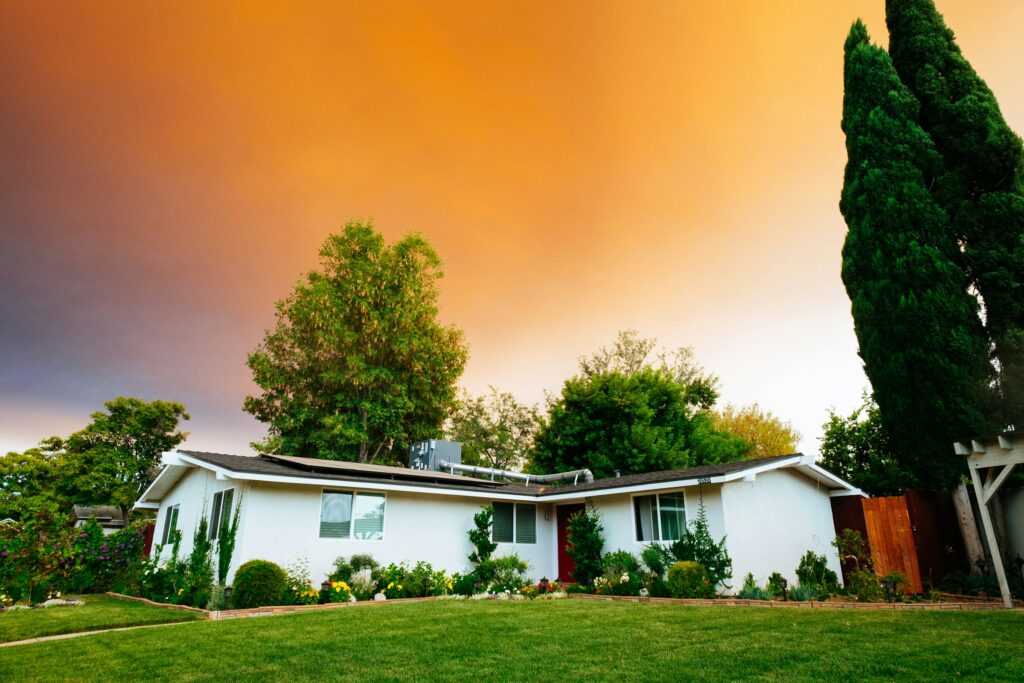Connecting Low-Income Families to Solar Savings

This article is included in these additional categories:
Through a collaborative effort between the U.S. Department of Energy (DOE) and the U.S. Department of Health and Human Services (HHS), the Biden-Harris Administration recently introduced the pilot phase of the Clean Energy Connector. This innovative tool is designed to facilitate access to solar energy for families enrolled in HHS’s Low-Income Home Energy Assistance Program (LIHEAP), an incremental step forward in the administration’s commitment to an equitable clean energy transition.
Innovative Partnership between DOE and HHS
The Clean Energy Connector, a first-of-its-kind software, now enables local LIHEAP program administrators in Illinois, Washington, D.C., and New Mexico to link community solar subscriptions with up to 40,000 low-income households. This integration aims to reduce energy bills for these families, broaden clean energy access among underserved communities, and support the ambitious clean energy and Justice40 goals set forth by President Biden.
U.S. Secretary of Energy Jennifer M. Granholm emphasized the cost-effectiveness of renewable energy and highlighted how the DOE’s partnership with HHS is set to boost community solar deployment, thus aiding thousands in lowering their energy expenses. Concurrently, U.S. Secretary of Health and Human Services, Xavier Becerra, pointed out LIHEAP’s critical role in ensuring the safety and health of families and individuals, underscoring the additional economic security that access to community solar will bring.
A Step Towards Equitable Clean Energy Economy
The pilot program promises access to community solar projects for 40,000 LIHEAP-eligible households across the initial participating regions, with the potential for significant electricity bill reductions. Such savings align with the National Community Solar Partnership’s goal of a 20% household saving rate, translating to an average of $370 annually per household.
Community solar offers a viable solution for those unable to install rooftop solar panels, allowing for shared benefits from a single solar energy system. This model facilitates cost savings on utility bills and extends other advantages of solar energy to a broader audience.
Leaders from the pilot states and Washington, D.C., have strongly supported the program, acknowledging its role in making clean energy accessible to all, regardless of economic standing. The initiative is seen as a crucial element in pursuing a sustainable and equitable clean energy future.
The Potential of Community Solar in the U.S.
A report by the National Renewable Energy Laboratory (NREL) highlights the vast potential of community solar, capable of serving over 53 million households and 300,000 businesses in the U.S. that lack access to rooftop solar. This could represent nearly one terawatt of potential community solar capacity, underlining the significant impact of such initiatives on the national clean energy landscape.
Through the Clean Energy Connector, the Biden-Harris Administration is making strides in ensuring that the transition to a clean energy economy is inclusive, addressing the needs of low-income families and underserved communities, and laying the groundwork for a more sustainable and equitable future.




